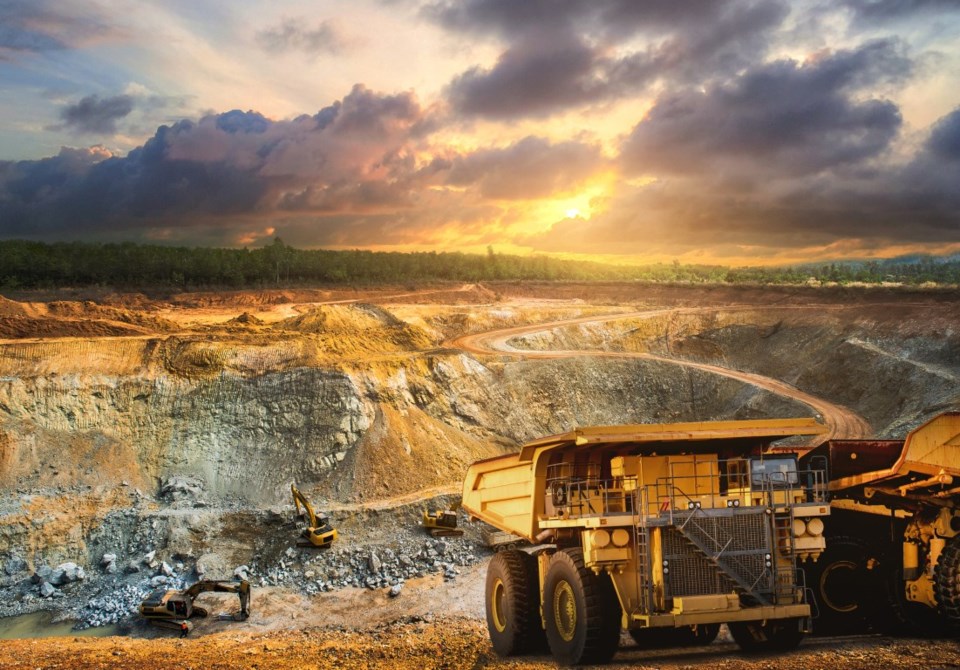In early June, the economics team at the Royal Bank of Canada (RBC) published a revised forecast for Canada and the 10 provinces. The good news is that notwithstanding slowing global growth, soaring inflation and escalating geopolitical tensions, Canada seems reasonably well positioned to navigate its way through the rest of 2022 and into next year.
While a recession is possible, RBC sees little likelihood of one occurring. An important reason for this can be found by looking at the composition of Canada’s exports. It turns out that our strong orientation toward commodity production and exports is partially shielding Canada from the storms buffeting the global economy.
Pre-COVID-19, natural resource industries accounted for roughly half of Canada’s merchandise exports – and for more than two-fifths of total exports of goods and services combined. For 2022, I estimate that natural resource products will comprise closer to 55 per cent of Canada’s merchandise exports in dollar terms. Energy (particularly oil and natural gas), minerals and metals, agri-food, and forest products are industries where Canada has long been a major exporter and typically enjoyed sizable trade surpluses.
For any trade-dependent economy, the health of its principal export industries warrants careful attention from policy-makers. The pattern of exports holds vital information about where a country (or a province) possesses comparative advantage. Many of the industries in which Canada is globally competitive serve the world’s energy and other commodity consumers or are energy- and raw materials-intensive. That’s generating substantial economic gains for Canada today – when global commodity markets are generally buoyant.
Most forecasters believe Western Canada will lead the country in economic growth in 2022-23, largely due to the region’s commodity-based export basket. “Strong global demand and prices for commodities are significantly boosting Western Canada’s prospects,” concludes the RBC analysts. The near-term outlook is especially positive for the energy and agricultural sectors.
Canada is a net economic winner from robust worldwide demand and higher prices for energy and other commodities. All major categories of internationally-traded natural resources saw significant price increases through most of 2021. So far in 2022, rising prices for oil, natural gas and many agricultural products have lifted Canada’s national income and kept the merchandise trade balance in hefty surplus.
As the RBC report notes, “[t]he explosion in global commodity prices is pushing up costs for consumers globally – and increasing economy-wide revenues among producers like Canada.” High energy and other commodity prices are making a much-needed contribution to economic growth in Canada, amid mounting global turbulence and uncertainty.
The central place of natural resource industries in Canada’s economy and export base is often downplayed. Notably, very few members of Prime Minister Justin Trudeau’s cabinet have roots in or much knowledge of the natural resource economy, with most hailing from the country’s largest metropolitan areas. Even so, federal ministers (and their counterparts in the provinces) need to understand that the high value-added and unmatched export earnings produced by Canada’s natural resource sectors not only benefit commodity-producing regions directly but cascade through the rest of the economy – bolstering domestic demand for non-traded goods and services and providing the financial means to pay for imports and public services.
An important message for Canadian policy-makers at all levels is to avoid undermining Canada’s role as a trusted supplier of energy, minerals/metals, foodstuffs, forest products and other raw materials.
The world consumes vast quantities of these commodities. And it will certainly keep buying them, hopefully from producing jurisdictions that also happen to be law-governed democracies with high environmental and social standards – like Canada.
Jock Finlayson is senior policy advisor at the Business Council of B.C.




